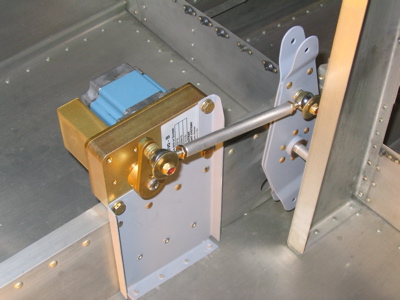RV7ADRIVER
I'm New Here
I'm installing the TruTrak auto-pilot pitch step-motor in my RV-7A for a Digiflight II auto-pilot.
No problem with the Tru-Trak bracket or the RV elevator bellcrank. They are both in the correct location.
According to Tru-Trak I have the correct parts.
The auto-pilot push-pull rod goes off at an angle when connected between the step-motor arm and the bellcrank. The bellcrank end is toward the right by half an inch.
I'm expecting it to be in a straight line like the roll push-pull rod but it isn't.
What's up with that?
Has anyone out there run into this?
Thanks in advance.
No problem with the Tru-Trak bracket or the RV elevator bellcrank. They are both in the correct location.
According to Tru-Trak I have the correct parts.
The auto-pilot push-pull rod goes off at an angle when connected between the step-motor arm and the bellcrank. The bellcrank end is toward the right by half an inch.
I'm expecting it to be in a straight line like the roll push-pull rod but it isn't.
What's up with that?
Has anyone out there run into this?
Thanks in advance.





